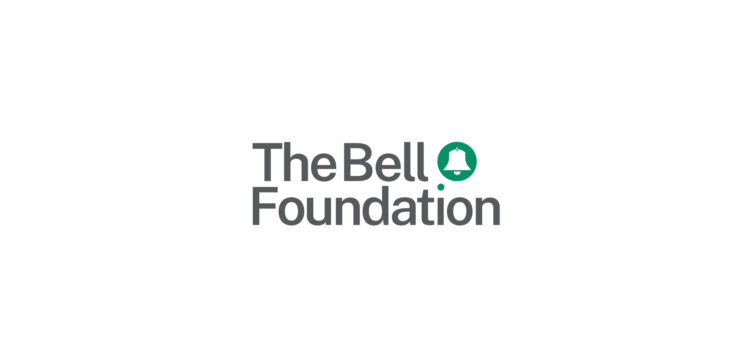Using Comprehensible English – for Secondary School (Online Regional Training)
- Date
- TBC
- Price
- £45
- Type
- Online course, Regional training
- Location
- Online
Explore our seven calls to action for the new Government to integrate children who use EAL.

Information gap (also known as information exchange) activities are communicative activities for two or more learners. They involve learners having different bits of information, that they have to convey orally to each other. These types of activities necessitate accurate use of language by the giver of the information, and careful listening by the recipient. They also give an opportunity for the development of effective questioning, answering, and note-taking. There are various different types of information gap activity, including barrier games and jigsaw activities.
Information exchange activities work well in a mainstream class when everyone takes part. They can be useful at any age and for learners at any stage of English language proficiency, from New to English to Fluent.
1. Barrier games:
In barrier games, a barrier is placed between two learners so they are looking at different texts, images or objects. An example is The Black Death in Europe, where two learners are given maps of Europe annotated with different information and have to ask each other questions to enable them to fill in the details that are missing on their map.
2. Jigsaw activities:
Jigsaw activities are where learners are given information or carry out a task in one group, then the groups are mixed up to form new groups where the learners pool their knowledge to complete a further task. An example of this is Victorian Child Labour, where learners are asked to listen for specific information while watching a video, and then pool their information in a group of three who were focusing on different aspects from each other.
3. Split texts:
Split a text into, for example, six sections, then put the class into groups of six. Give each member of the group a part of the text to read. Without looking at each other’s cards the members of the group tell each other about what is on their card. The group then reconstruct the text, sequence or rank the sections of text.
4. Introducing characters:
One way of introducing a set text or class reader is to do a character information exchange activity. This is when each learner is given a card to read with basic information about a particular character. They then put the card away and go and introduce themselves to someone else as that character. Examples on this website include Romeo and Juliet character activity, Macbeth character activity and A Christmas Carol character activity.
Information gap activities take a bit of organising but can be a great motivator for learners. It is recommended to:
Top tip: Information exchange activities work really well as a way of giving biographical information about historical individuals (e.g. Martin Luther King), groups of people in history (e.g. peasants in the Middle Ages) or fictional characters (e.g. Oliver Twist).
Information gap activities are an excellent way of combining content and language teaching effectively and providing an opportunity for purposeful communication, as recommended by Merrill Swain. They support the development of strategies for communication: rewording, requesting clarification, questioning, giving and following simple clear instructions (explaining), clarifying and describing.
The underlying theory of information exchange activities is based on the work socio-cultural linguists such as Robin Alexander, Neil Mercer and Gordon Wells, who stress the importance of interaction between learners in promoting language development. There is also research into the benefits of group work to learning more generally (Cordon 2000), and Gardner (2012) argues that collaborative learning is a key feature of inclusive classrooms. Kotler et al (2001) and Wong Fillmore and Snow (2005) also stress the importance of active participation and social interaction to language development.
Cordon, R., 2000, Literacy and learning through talk: strategies for the primary classroom, Buckingham: Open University Press.
Gardner, P., 2012, Strategies for Teaching and Learning in Inclusive Classrooms (2nd edition), Oxford: Routledge.
Kotler, A., Wegerif, R. and Le Voi, M. 2001, Oracy and the educational achievement of pupils with English as an additional language: the impact of bringing ‘Talking Partners’ into Bradford schools, International Journal of Bilingual Education and Bilingualism 4 (6), 403-419.
Wong Fillmore, L. and Snow, C., 2005, What teachers need to know about language, Washington DC: Centre for Applied Linguistics.